Every connoisseur of Asian culture, oriental luxury, spiritual beauty and splendor of social life is simply obliged to visit Hanoi - the capital of Vietnam and one of the most populated cities in the country. The mild climate and abundance of attractions have made the city of Hanoi a popular tourist destination, in addition, travelers consider it the most accessible.
Merging West and East
The city is unique in that two cultures merge on its streets at once: exotic oriental and elegant western. Objects of European architecture coexist with traditional Buddhist temples and noisy markets. There are a lot of people here, life is always in full swing, despite the fact that Hanoi is located in a quiet cozy valley of the Red River (by the way, the name of the settlement is translated as “city between rivers”).
The area is usually humid and hot, especially from April to October, when the monsoons prevail and it rains constantly. But from December to March it gets dry and even a little cool. There are typhoons in Hanoi in autumn.
Gift of the Golden Dragon
The settlement of Hanoi in Vietnam is already more than 1000 years old: the year of its foundation is considered to be 1010. It was then that, by order of Emperor Li Thai To, a new city was built on the basis of an already existing fortress, and the capital of the state was immediately moved here.

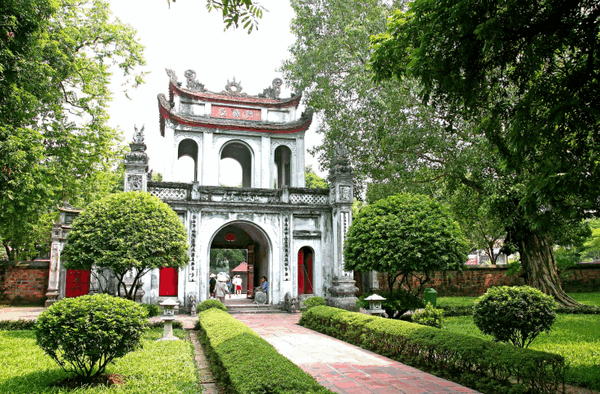


True, then the settlement had a different name - Thang Long, which in Vietnamese means "flying dragon." They say that it was dedicated to the golden dragon, which the emperor allegedly saw near the fortress. The name Hanoi, familiar to us, appeared much later - in 1831.
The new city was actively developing, gradually becoming more and more. The last time its area increased recently - in 2008, when several adjacent provinces were annexed to the capital. Now Hanoi consists of 10 urban areas, 18 counties and one separate administrative unit.
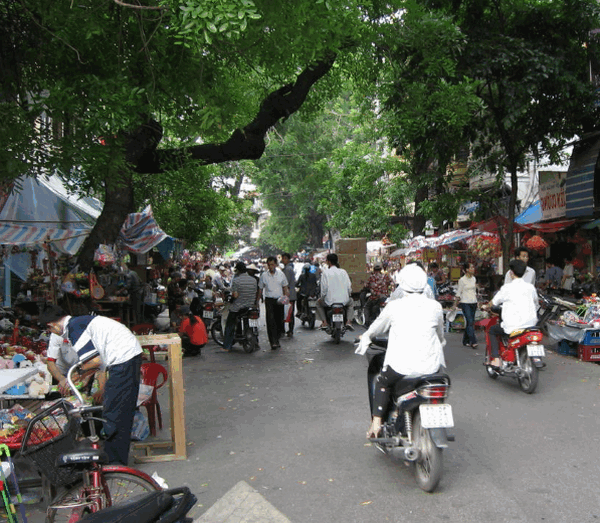
Over time, large industrial enterprises appeared in the city, which peacefully coexisted with shops of handicraftsmen and artisans. The inhabitants of Hanoi were able to carry traditional occupations and customs through the centuries, preserving their cultural identity, because the craft settlements that still exist here were founded as early as the 12th century.
Temples, palaces, museums and lakes
We can talk about the sights of Hanoi for a long time: the city is stunningly beautiful and diverse. There is an object here that is classified as a UNESCO World Heritage Site - the cultural complex Hanoi Citadel. This majestic building, over which the flag of Vietnam constantly flies, has an ancient history: its structure includes the royal corps of the Ly and Nguyen dynasties.

The earliest object, the foundation of Kinh Thien Palace, dates back to 1467. In addition, the Northern and Southern gates of the Forbidden City, as well as the Flagpole Tower and some military premises have been preserved.
A special place among all the sights is occupied by the Temple of Literature - the first university in the country and, at the same time, a religious complex founded in 1070. The pagodas are surrounded by a wonderful park, which is nice to walk around on a hot day, but the most remarkable objects are undoubtedly 82 steles: stone slabs set on sculptures in the shape of turtles, listing the names of those who especially distinguished themselves in passing exams.
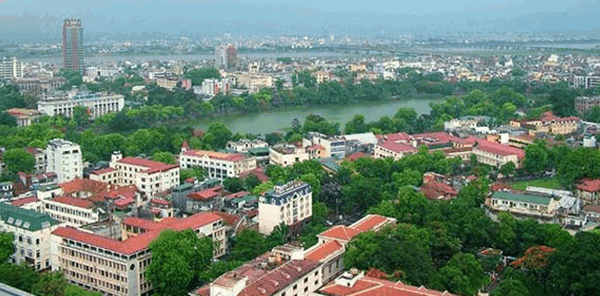
It is impossible to pass by the architectural ensemble, the undoubted pride of Vietnam, which includes the mausoleum and the Ho Chi Minh Museum, the house on stilts and the Motkot pagoda. Each of these objects is beautiful and unique in its own way.
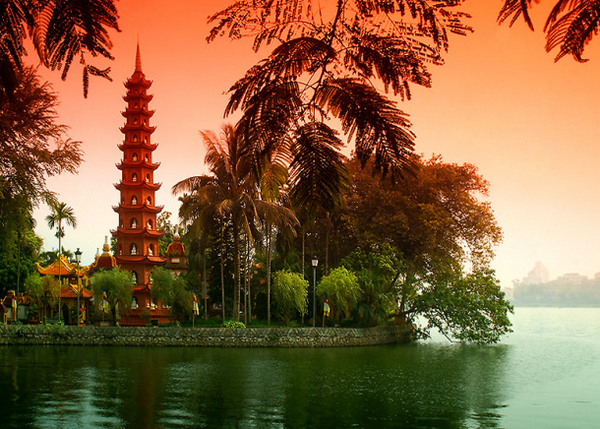
So, the museum building was built in 1985 in the shape of a lotus. Documents and objects belonging to Ho Chi Minh are stored here, as well as other historical evidence of the life of the legendary Vietnamese president and national hero. Without getting to know this person, it is also impossible to understand the history of Vietnam itself, especially the epoch-making revolution for the country. The body of the politician and cultural figure rests in a mausoleum built in 1975.
The grandiose building with columns and a huge stone staircase is surrounded by green spaces and attracts hundreds of tourists every day. Ho Chi Minh also owned a two-story house on stilts.
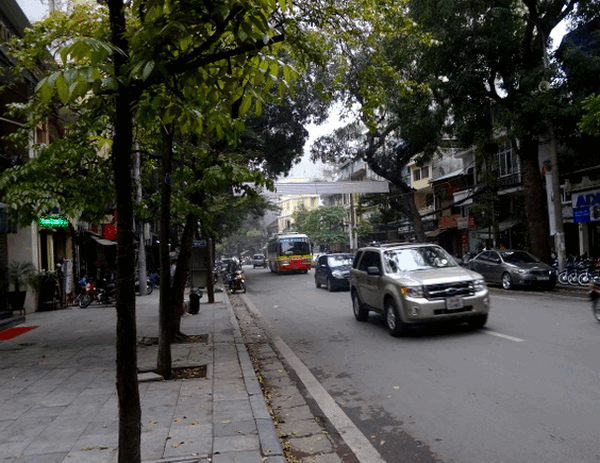
The house itself is very picturesque, but the surrounding garden with coconut palms, flower bushes and fruit trees especially attracts visitors to the city. Some of Ho Chi Minh's personal items are stored in the rooms of the house. Finally, the complex includes the One Pillar Pagoda, founded about 1000 years ago by Emperor Ly Thai Tong.

The wooden building is built on a single stone support, which rises above the square-shaped lake. Of all the structures in Vietnamese Hanoi, this is undoubtedly one of the most amazing.
The Presidential Palace, built at the beginning of the last century and being the official residence of the President of the country, adjoins the complex. Previously, there was an ancient pagoda on the site of the palace, which was demolished before construction began.
Video “Eagle and Tails”:
The classic European style was chosen for the building, with columns, exquisite grand staircases, wrought iron gates and other recognizable details. Initially, the palace was intended for the residence of the governor-general of Indochina, but after Vietnam became independent, Ho Chi Minh turned the building into a place for receiving guests, refusing to live here.
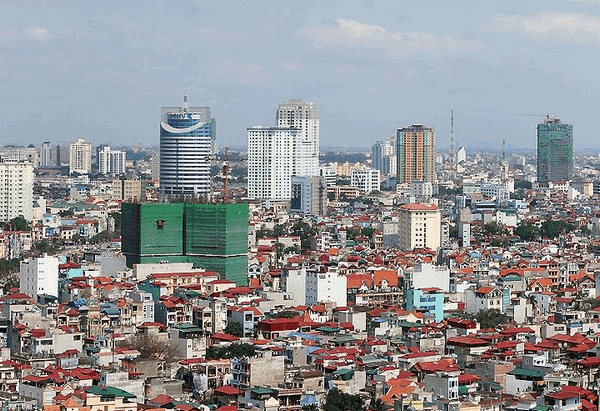
Do not miss the opportunity to visit the many museums and cultural centers of Hanoi. For example, in the Palace of Culture and Friendship on Working Square, you can watch a theatrical performance, visit a library, a scientific and technical pavilion, etc.
You can learn everything about the armed forces of Vietnam and the military history of the country by visiting the Army Museum, and in the Vietnam Museum of Ethnology in the Cauziai area, you will be told amazing details about the life of 54 ethnic groups inhabiting the country.
Speaking of the magnificence of the city of Hanoi, one cannot fail to mention its natural wealth. In the heart of the Vietnamese capital, the huge and breathtakingly picturesque Tai Lake splashes, on the banks of which cultural and historical buildings are located, including the Tran Quoc Pagoda, built in the 6th century. By the way, according to legend, the lake appeared after the battle of the hero of folk tales Lak Long Kuan with Huli-jing - an evil fox spirit.
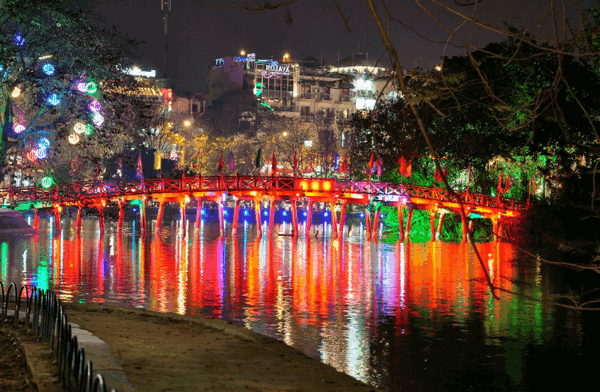
Hoan Kiem Lake (Lake of the Returned Sword) attracts travelers. Here, according to legend, Emperor Le Loi acquired the sword Thuan Thien, thanks to which the era of Chinese rule in Vietnam was completed. There are also many unique objects here, for example, the Rising Sun Bridge leading to the Temple of the Jade Mountain, the Turtle Tower and others.
Shopping and Entertainment
Of course, the sights of Hanoi are not limited to this list. There are so many palaces and temples in the city that everyone will find something interesting for themselves. And you can make purchases in the colorful Old Quarter, where merchants of all stripes offer their services around the clock.
Basically, souvenirs are bought here: silk products, tablecloths, musical instruments, jewelry, religious objects and the so-called water dolls.
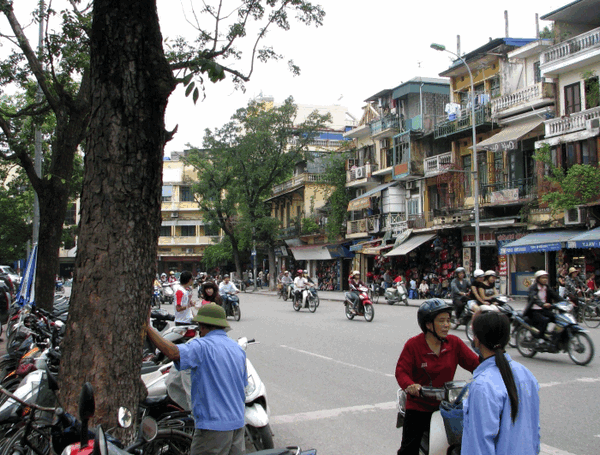
From time to time, free tours are held in Hanoi, to which everyone is invited. Organized by their local student society. And you can get a deeper understanding of the traditions and cultures of Vietnam if you visit a specific excursion conducted by another student group.
The city's nightlife is also extremely diverse: there are many nightclubs, colorful shows and water puppet theater performances.
There are, of course, many hotels and inns, as well as restaurants and bars - you will have where to stay and have a good time.
All roads lead to Hanoi
Geographically, Hanoi is quite accessible: many flights arrive daily at Noi Bai International Airport, including from Russia. The distance from the airport to Hanoi is 35 km and is easily overcome by taxi or minibus.
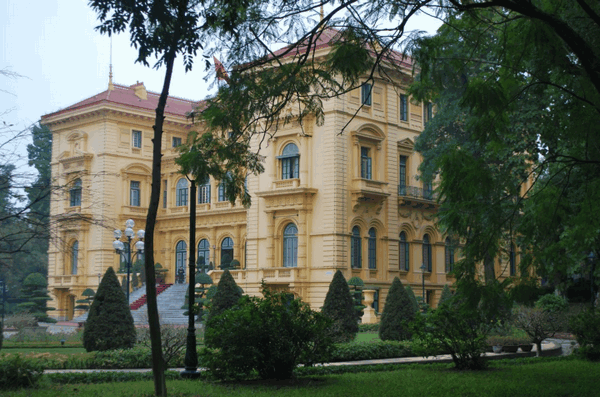

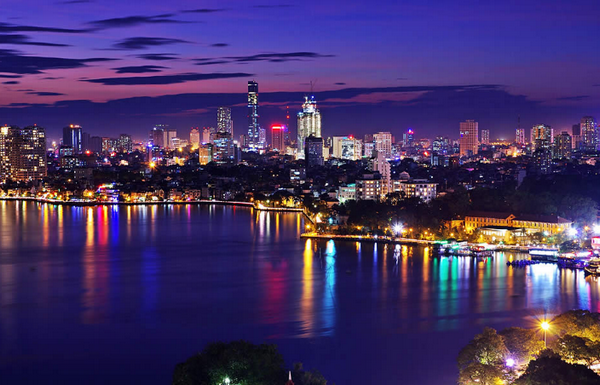
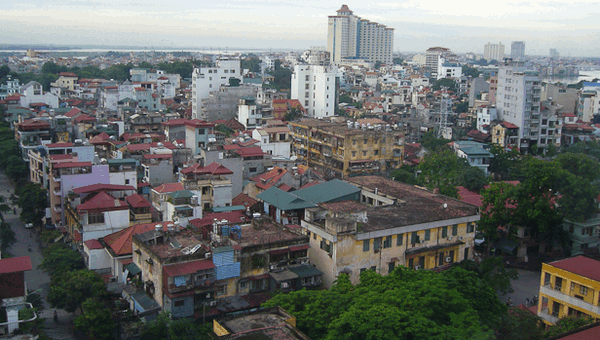
Dozens of buses and private cabs ply in the city itself. Scooters and bicycles are the most popular means of transportation: parking lots are equipped for these types of transport almost everywhere, in addition, they can be easily rented.
From Hanoi it is very convenient to get to other resorts and attractions of the country, such as Sana'a, Halong Bay and others. Having visited the city of Hanoi, you will discover the whole of Vietnam, incomprehensible and infinitely beautiful.
